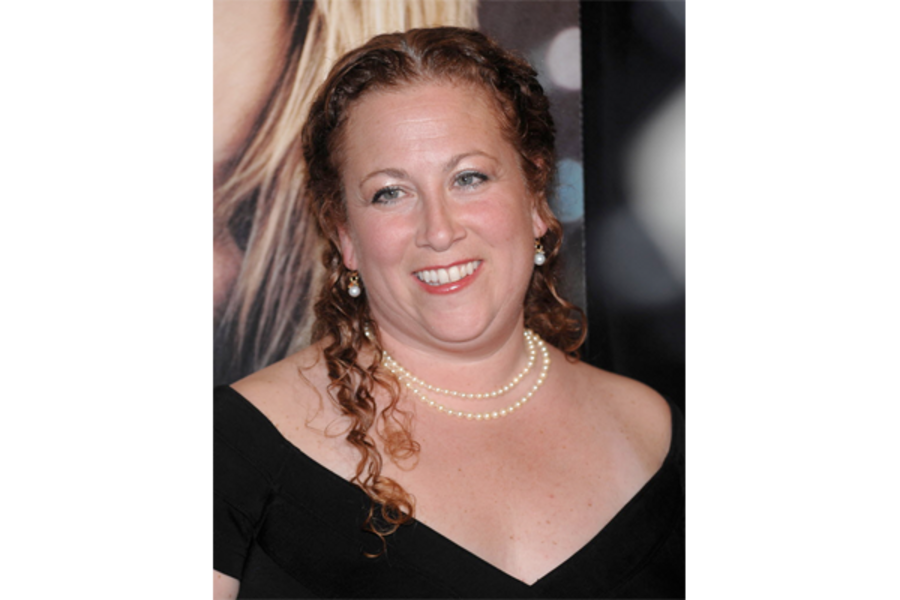Is 2014 the year of the woman writer?
Loading...
It’s official: 2014 is the Year of Reading Women.
In other words, if 2013 was the year of recognizing male bias in literature, then 2014 is the year of recognizing great women writers.
That’s the trend sweeping the literary community this year, thanks to the efforts of an array of advocates – from a small literary journal declaring 2014 the year of the woman writer to a handful of authors who have created clever Twitter campaigns and adopted women-only reading resolutions – who are championing reading, reviewing, and promoting female writers.
It’s a move, and perhaps a new cultural movement, designed to counter the gaping gender gap recently revealed in the literary community.
For the past three years, Vida, an organization for women in the literary arts, has been conducting a count of how many books reviewed by prominent publications were written by women and the results have been dispiriting.
At Harper's, in 2012, 90 percent of the book reviewers were male and the publication reviewed five times as many books by male authors as by female authors.
At the New Republic, in 2012, roughly 90 percent of book reviewers were also male and the publication also reviewed five times as many books by male authors as by female.
And at the New York Review of Books, in 2012, roughly 18 percent of reviewers were women and 22 percent of books reviewed were written by women, according to Vida’s study.
Though there were bright spots – The New York Times, Poetry Magazine, and Granta did better – overall, most publications showed a significant gender bias toward male reviewers and reviews for books written by male authors.
And according to a 2011 study, that bias even extends to children’s books.
Perhaps that’s why, in 2010, author Jodi Piccoult attacked the New York Times for its focus on “white male literary darlings.”
“Women writers and writers of color are underserved and undervalued by the contemporary literary community,” Daniel Pritchard, editor of literary journal the Critical Flame, wrote in a blog post. “What we can see today are the outlines of a culture still dominated by white male figures, and by the presumption of their essential literary merit, everywhere from major publishing houses to small literary journals. As far as mainstream literary culture is concerned, white males are the default.”
As a result, Pritchard has announced that he is dedicating one year wholly to reviewing women writers and writers of color in the Critical Flame.
He told the Guardian he hopes Vida’s study and the Critical Flame’s resolution heralds “a much larger shift in our society.”
Author and artist Joanna Walsh started a Twitter hashtag #readwomen2014, created New Years cards showing some of her favorite female writers, and began a Twitter sensation when she started tweeting 250-odd names of female writers, including Jane Austen, Angela Carter, and Zadie Smith.
“Perhaps the problem lies not with whether women are published, but how,” she writes for the Guardian. “Lionel Shriver complained when her 'nasty book' Game Control was given a 'girly cover', and I've listened to female writer friends grouse when their books are given flowery covers though their writing is not; when reviews, or even their publishers' press releases, describe their work as 'delicate' when it is forthright, 'delightful' when it is satirical, 'carving a niche' when it is staking a claim.”
Walsh follows the lead of two – male – authors who embarked on women-only reading resolutions.
Author and literary critic Matthew Jakubowski has announced a reading resolution to read and review only books by women in 2014 and Jonathan Gibbs, an author and journalist, undertook his own female-only reading experiment last year to challenge his own assumptions.
It’s a bold way to ring in a new year and perhaps a new chapter for women writers and the wholesale effect may be that a new cultural movement will sweep the literary community, finally giving due attention to the great women writers of the past and present.
Husna Haq is a Monitor correspondent.





